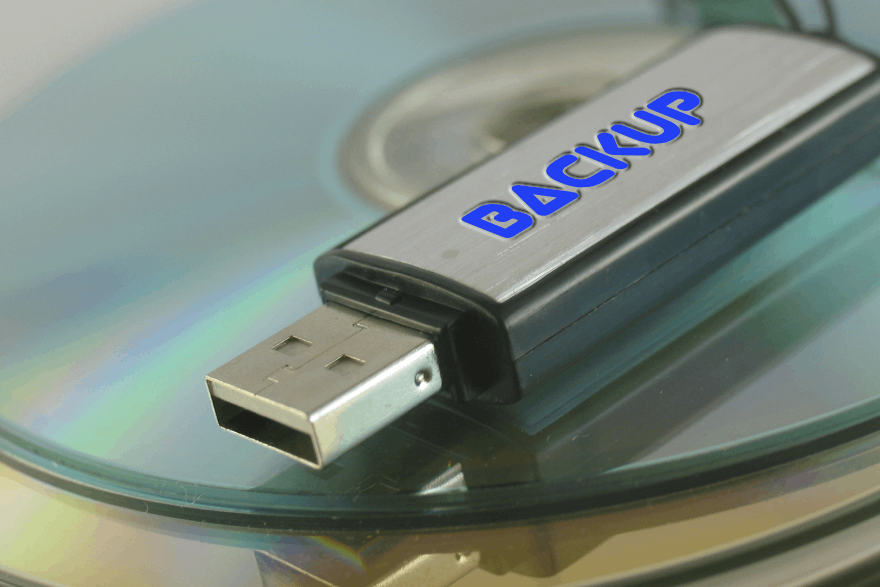In our increasingly digital world, the importance of information backup cannot be overstated. Whether you’re a tech-savvy professional or someone who simply enjoys browsing the internet, your digital life is filled with valuable data – from cherished family photos to important work documents. What if one day, all of this data vanished or encrypted by ransomware? This is where information backup comes to the rescue. In this article, we will explore how to implement backups, the associated risks, and the importance of monitoring your security controls.
How
When you first setup your backup strategy, there are a couple of things you need to think about. How and where should you backup your information, how often should you backup and how do you keep your backups safe?
Step 1 – Choose the Right Backup Solution
Implementing information backup begins with selecting the right solution for your needs. There are various options available, including:
- External Hard Drives: These are affordable and easy to use. Simply connect the drive to your computer and copy your files. However, they are vulnerable to physical damage and theft.
- Cloud Storage Services: Services like Google Drive, Dropbox, and Microsoft OneDrive offer convenient, off-site storage for personal use. They also provide version history, making it easy to recover previous file versions. However, you’ll need an internet connection to access your data. For professional use, each cloud provider provides its own backup service.
- Network-Attached Storage (NAS): NAS devices allow you to create your own personal or professional cloud. They offer the convenience of cloud storage with the privacy and control of local storage. However, they require some technical setup.
- Backup Software: Dedicated backup software like Acronis True Image or EaseUS Todo Backup can automate the backup process, ensuring you don’t forget to back up critical data.
Choose a solution that aligns with your needs and budget.
Step 2 – Storage of backups
When deciding where to store your backups, consider the 3-2-1 backup rule: have at least three copies of your data, in two different formats, with one copy off-site. This rule ensures redundancy and protects against various data loss scenarios, including ransomware. For most individuals and small businesses, a combination of local and cloud storage is a practical approach to meet this rule.
Step 3 – Schedule Regular Backups
Consistency is key when it comes to information backup. Set up a regular schedule for backups. Daily or weekly backups are ideal for most users, but you can adjust the frequency based on your data usage.
Step 4 – Encrypt Your Backups
Security is paramount when backing up sensitive information. Ensure that your backup solution offers encryption, both in transit and at rest. This protects your data from unauthorized access.
Risks
While information backup is essential, it’s important to be aware of potential risks:
- Data Loss Before Backup: If you don’t back up your data regularly, you risk losing any new information since your last backup.
- Data Security: Ensure your backup solution is secure to prevent data breaches. Use strong, unique passwords and enable two-factor authentication when available.
- Storage Limitations: Free cloud storage services often have limited space. Be mindful of your storage capacity and consider upgrading if needed.
- Data Corruption: In rare cases, backups themselves can become corrupted. Periodically test your backups to ensure they can be restored.
Monitoring your security controls
Information security doesn’t end with the initial backup. It’s an ongoing process. To monitor your security controls effectively:
- Regularly Test Restorations: Periodically test the restoration process to ensure your backups are functional.
- Stay Informed: Keep up with security news and updates related to your chosen backup solution. Software vulnerabilities are patched regularly, and being aware of these updates is crucial.
- Review Access Permissions: Check who has access to your backups and limit permissions to only trusted individuals or devices.
- Update Backup Strategies: As your digital life evolves, so should your backup strategy. Regularly review and update your backup plan to account for new data and devices.
In conclusion, information backup is a fundamental aspect of digital security that everyone should practice, regardless of their technical expertise. By following these steps and being mindful of the associated risks, you can safeguard your digital life and ensure that your precious data remains intact, even in the face of unexpected events. Remember, it’s not a matter of if data loss will occur, but when. Be prepared with a reliable backup system to protect what matters most to you.
Related links
Backups on Azure
Backup on AWS
Backup on Google Cloud
Gartner on Backup as a Service

